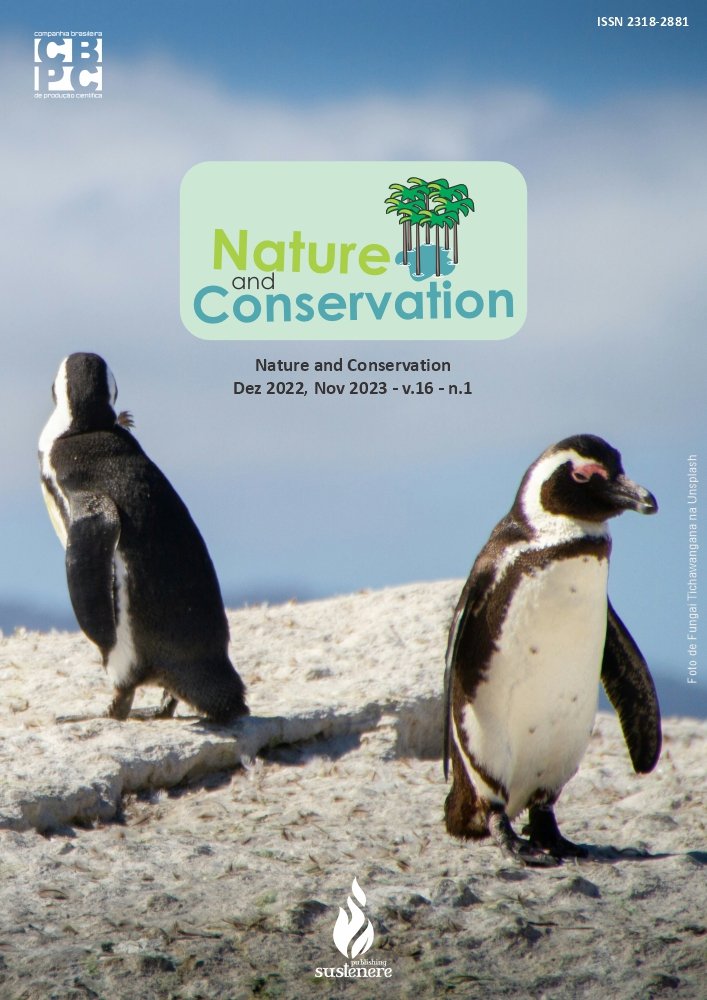Numerical modeling of sediment trap applied to a lake
DOI:
https://doi.org/10.6008/CBPC2179-6858.2022.010.0012Keywords:
Sedimentation, Project, Sediment Trap, Numerical Modeling, Computational Fluid DynamicsAbstract
This study presents the stages of development of a proposed solution for the advancement of silting of a lake in Paraná, interior of Brazil. The conception of the initial constructive project of the sediment trap took into account the average flow of the river of 2.21 m³/s and the contribution of the sediment load of approximately 0.18 kg/s. To verify the efficiency of the initial project proposed by Umeki (2012), numerical modeling based on computational fluid dynamics was used. Four possibilities for improvement in the initial design were identified: increasing the catchment width to eliminate a dead zone; changing the location of the sediment discharge gate to take advantage of the direction of the current lines to facilitate the outflow of sediments; eliminating of the internal slope, which proved to be unnecessary after changing the location of the sediment discharge gate; and increasing the diameter of the discharge pipe to decrease the sediment discharge velocity. Changes in the design were provided and proved the benefits of the sediment trap since it proved to be effective in controlling the advance of silting, as it presented a minimum efficiency equal to 76% when the entire granulometric distribution of sediments was considered, and of 100 % in retention of sediment classified as sand.
Downloads
Downloads
Published
Issue
Section
License
Copyright (c) 2023 Ibero-American Journal of Environmental Sciences

This work is licensed under a Creative Commons Attribution-NonCommercial-NoDerivatives 4.0 International License.
The CBPC - Companhia Brasileira de Produção Científica (Brazil CNPJ: 11.221.422/0001-03) the material rights of the published works. The rights relate to the publication of the work anywhere in the world, including rights to renewals, expansions and dissemination of the contribution, as well as other subsidiary rights. All electronically published works may subsequently be published in printed collections under the coordination of this company and / or its partners. The authors preserve the copyright, but are not allowed to publish the contribution in another medium, printed or digital, in Portuguese or in translation.









